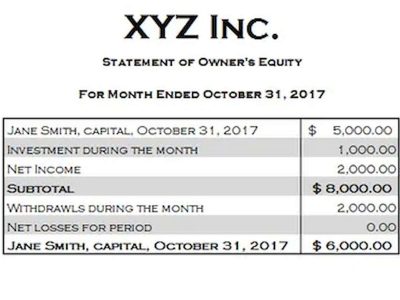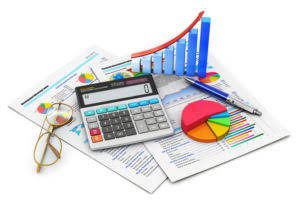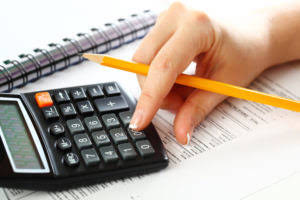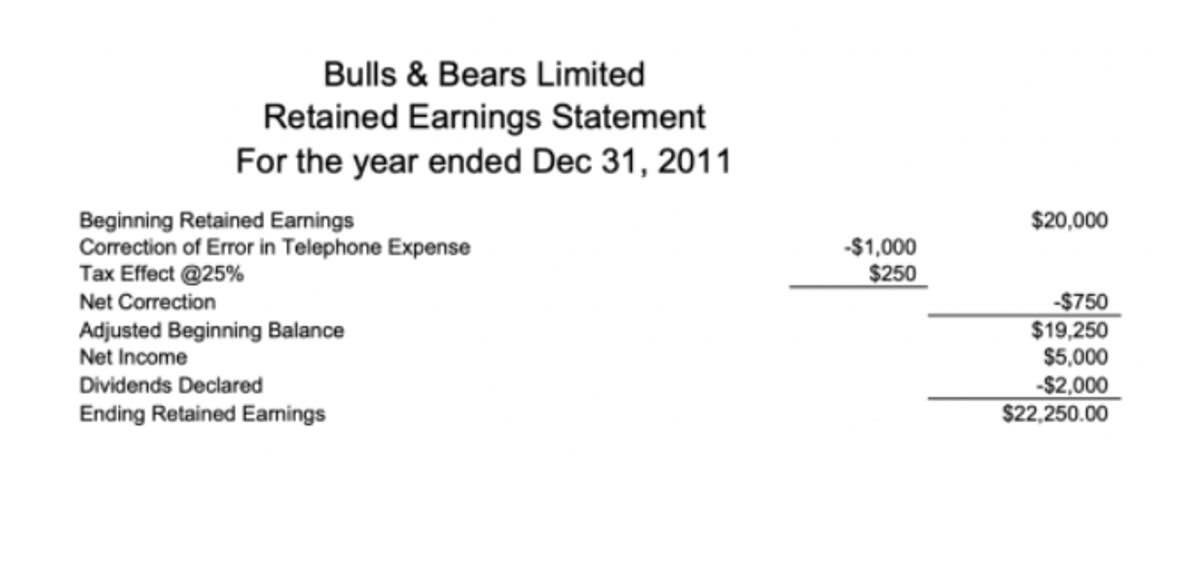
These models act as a roadmap when presented with a certain problem type, and you can choose the best approach for that issue. All that’s left is capturing the choice and communicating it to the rest of the team. How you communicate it is up to you, but make sure to memorialize your decision-who made it, when, and why – for later review.
- Read on to learn the ins and outs of smart decision making—and how to put it to work.
- It’s essential that they possess a robust decision-making process that involves thorough market analysis and evaluation of product development strategies.
- Regular team meetings foster an environment where diverse perspectives are considered, enhancing the framework’s effectiveness and promoting unity in pursuing common goals.
- That’s fine to say, but do you really need an M&A framework as your first step?
- The bounded rationality decision-making model is best employed when time is of the essence.
- Members of key decision-making bodies complete such evaluations at regular intervals (after every fifth or tenth meeting).
- The future of decision-making in leadership now demands a balance between human intuition and machine intelligence, with an increasing emphasis on change management and adaptation to disruption.
Decision-Making Frameworks Overview
Be smart and apply some critical thinking to each decision you make even if they were brought up from a solid framework exercise. There are always nuances and variables that are impossible to be captured by tools. With Range, leaders and team members alike are able to effortlessly organize their ideas, communicate back and forth, share important information, and make collaborative decisions. If you want to get started using powerful team management software to organize your decision-making process, sign up for Range today. A lot goes into making good decisions, and the decision-making models we’ve covered in this article can serve as excellent tools for helping you find the best possible solution to any challenge.

Aligning with Business Strategy

Focused on reducing variability and defects, it employs statistical analysis to support data-driven decisions. In business operations and project management, where quality and efficiency are paramount, Six Sigma serves as a crucial framework. By outlining the steps from observing data to drawing conclusions and taking action, this framework encourages reflection and challenging assumptions. This framework is useful across various fields, fostering self-awareness and critical thinking in decision-making processes.

Leveraging Technology and Data Analytics
The rational model is ideal for strategic decisions such as market entry strategies, product launches, and major investments where a thorough analysis of costs, benefits, and risks is crucial. The Rational Decision-Making Model is a structured and sequential https://www.bookstime.com/ approach to decision-making, aimed at making logical and well-thought-out choices. This model involves a series of steps designed to ensure that decisions are made based on objective data and thorough analysis, minimizing the influence of biases and emotions.
Want to know more about decision making?

By providing a clear and organized approach, these frameworks enable teams to make more confident and effective decisions. Before diving into the specifics, it is essential to grasp the concept of decision-making frameworks. A decision-making framework decision making framework is a systematic approach that provides a structured way of analyzing and evaluating different options before making a decision. By following a decision-making framework, individuals and organizations can make more informed and rational choices.
- In this case, the decision-maker must wait for the situation to unfold itself.
- Despite the far-reaching nature of the decisions in the previous example, not all decisions have major consequences or even require a lot of thought.
- But they all hinge on random chance rather than analysis, reflection, and strategy — you know, the things you actually need to make the big, meaty decisions that have major impacts.
- But in those harder scenarios – the ones where both consensus and reversing your choice are impossible – you’ll require a specialized framework.
- By using this model, leaders can ensure that they are making informed decisions that consider both the situational context and the team’s input.
- Based on the above, there are four possible actions a decision-maker can take, and each is described below.
